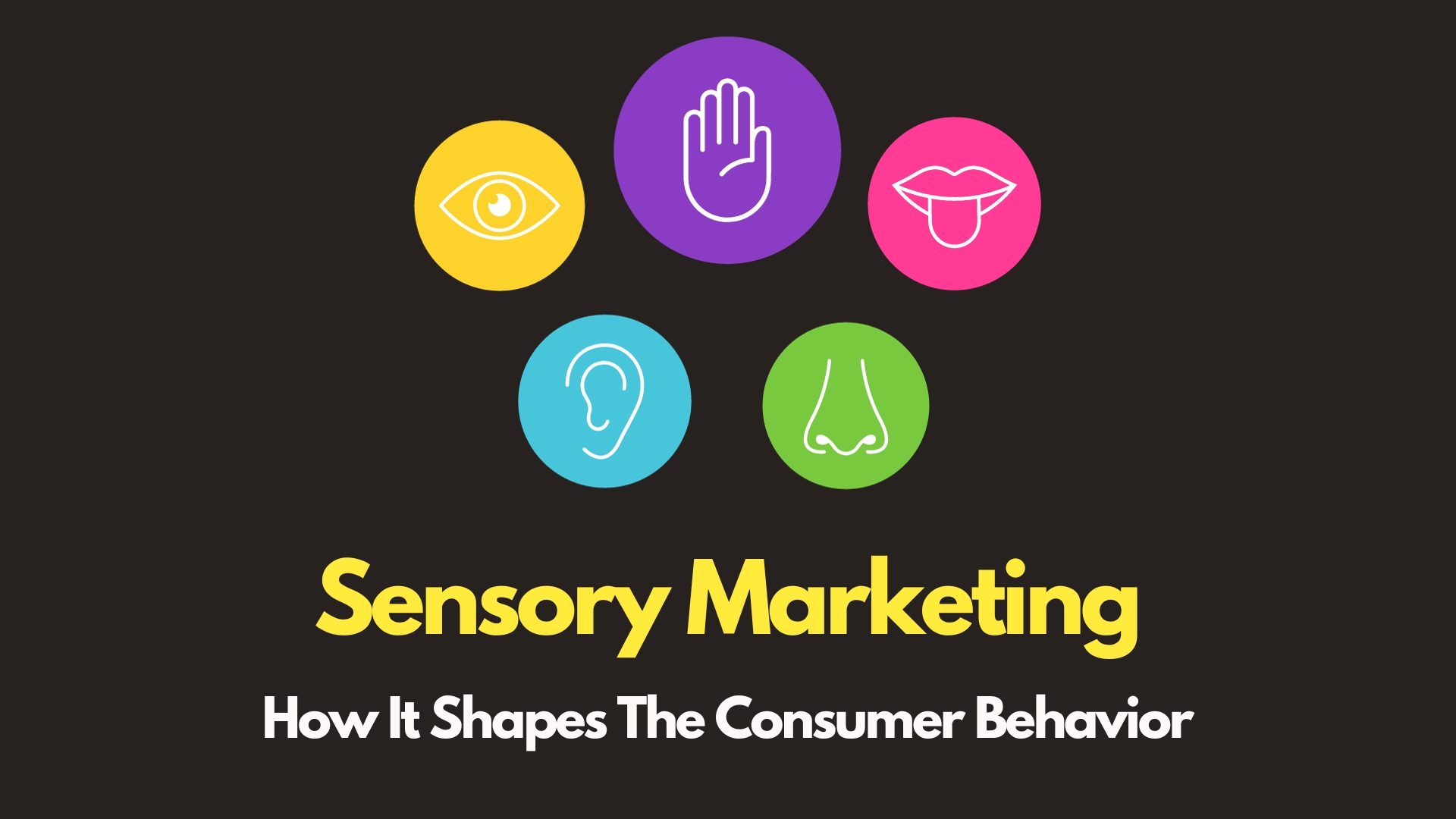Published
- 4 min read
Sensory Marketing and Consumer Behavior

Key Takeaways
- Sensory Marketing: Sensory experiences significantly influence customer satisfaction and behavior intention, especially in environments like hot spring hotels.
- Consumer Behavior: Multi-sensory cues in retail settings impact consumer behavior, with touch and taste being less considered senses.
- Subconscious Influence: Sensory stimuli, particularly auditory, can affect in-store decision-making and subconscious brand preferences.
- Product-Specific Impact: In sectors like sports wear, sensory marketing can affect consumption patterns based on visual, olfactory, and tactile stimuli.
- Cultural Context: Sensory characteristics that drive product purchases can vary by region, such as food preferences in Slovakia.
- Clothing Industry: Sensory marketing impacts clothing-buying behavior, with suggestions for brands to enhance sensory appeal.
- Aroma Marketing: Aroma can attract customers and influence purchase decisions, despite visual saturation in marketing.
- Sensory Research: Sensory marketing research provides valuable academic findings and practical suggestions for businesses.
In an increasingly competitive marketplace, businesses are constantly seeking innovative ways to captivate consumers and influence their buying decisions. One of the most potent but often overlooked strategies is sensory marketing, which taps into the human senses to create a memorable and persuasive shopping experience. Here, we’ll delve into how sensory elements like smell, taste, and sound can subtly yet powerfully impact consumer behavior.
The Influence of Sensory Marketing on Retail Experience
Imagine walking into a store where the scent of fresh linen greets you, soft music plays in the background, and the products are so visually appealing that you can’t help but reach out and touch them. This multisensory experience isn’t just pleasant; it’s strategic. Sensory marketing leverages these stimuli to enhance customer satisfaction and foster brand loyalty. For instance, in hot spring hotels, the combination of visual, olfactory, auditory, and tactile experiences can lead to increased pleasure and satisfaction, ultimately affecting customers’ intentions to return or recommend the establishment to others.
Touch and Taste: The Underestimated Senses in Retail
While visual and auditory cues have long been the focus of sensory marketing, the senses of touch and taste are gaining recognition for their role in influencing consumer behavior. For example, the texture of a sports textile or the flavor sample of a new food product can significantly sway a buyer’s decision. Retailers are now exploring ways to integrate these senses more effectively into the shopping experience to bridge the knowledge gaps identified in multisensory marketing research.
Auditory Influence and Subconscious Brand Preference
The power of sound in marketing is profound, affecting both in-store decision-making and subconscious brand preferences. Background music, product sounds, and even the ambiance of the shopping environment can evoke emotional responses that lead to a preference for certain brands without the consumer fully realizing it.
The Role of Sensory Characteristics in Specific Markets
Consumer preferences can be highly specific to cultural and regional contexts. In Slovakia, for example, certain sensory characteristics in food stores have been shown to drive product purchases. Understanding these nuances allows marketers to tailor their strategies to please customers in targeted markets.
Sensory Marketing in the Clothing Industry
The clothing industry provides a clear example of how sensory marketing can influence buying behavior. Consumers are drawn to certain fabrics based on how they feel and look. Brands that understand and capitalize on these sensory preferences can enhance their appeal and increase sales.
Aroma Marketing’s Role in Attracting Customers
Despite the prevalence of visual marketing, aroma marketing stands out for its ability to attract customers and influence their behavior. Unique scents can create a memorable brand identity and encourage consumers to linger in a store, increasing the likelihood of a purchase.
The Future of Sensory Marketing Research
Research on sensory marketing continues to offer valuable insights and practical suggestions for businesses looking to enhance their marketing strategies. By understanding the latest findings in this field, companies can develop innovative ways to engage consumers and drive sales.
Conclusion
Sensory marketing is a dynamic and influential aspect of consumer behavior. By strategically utilizing sensory elements, businesses can create immersive experiences that not only attract customers but also encourage them to form lasting connections with the brand. As we continue to understand the intricate ways in which sensory stimuli influence buying decisions, the potential for tailored, effective marketing strategies becomes increasingly apparent.
For more insights into consumer behavior and marketing strategies, explore our articles on consumer loyalty and retention, the impact of cultural factors on consumer behavior, and how marketing psychology influences consumer choices.